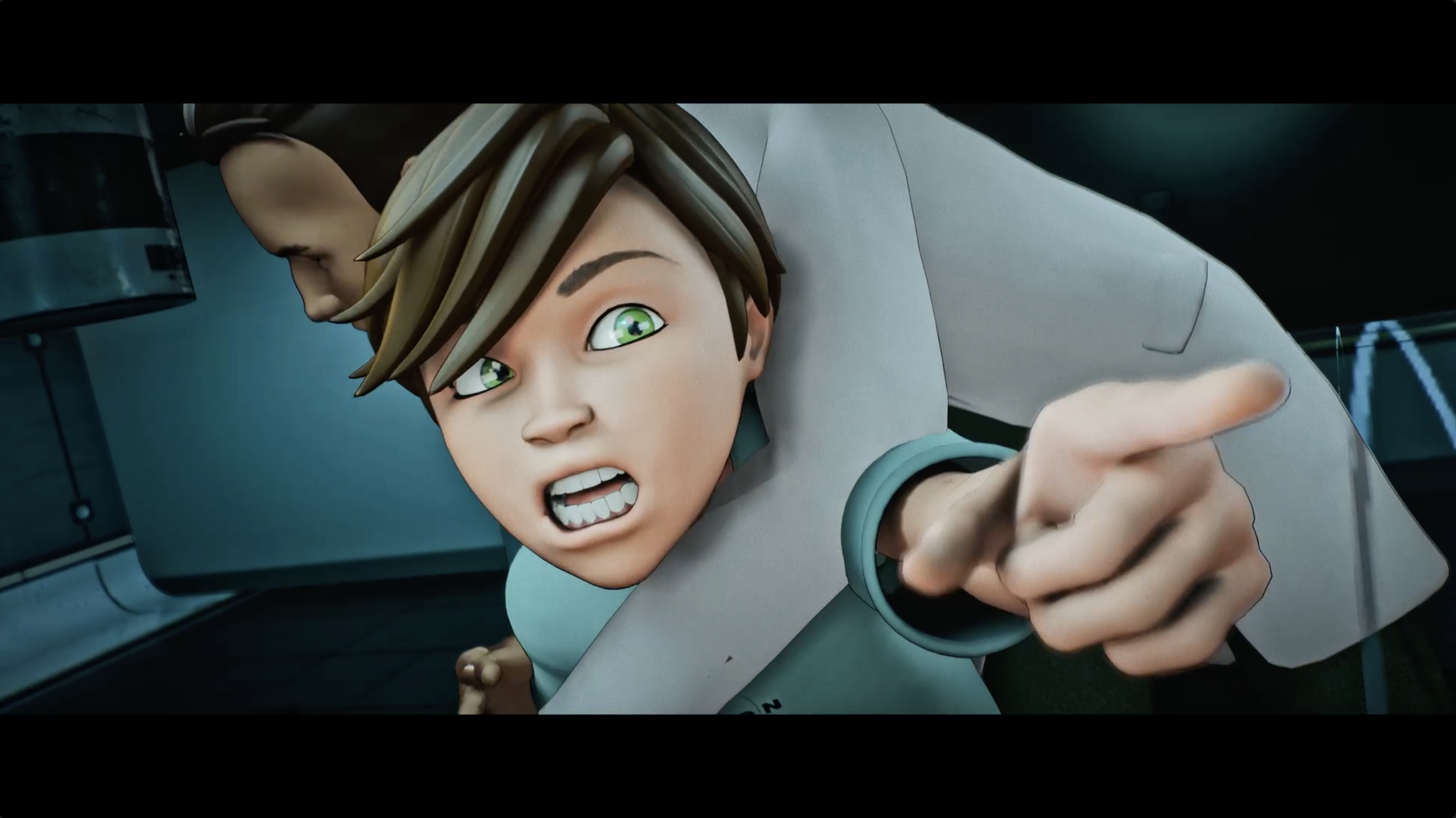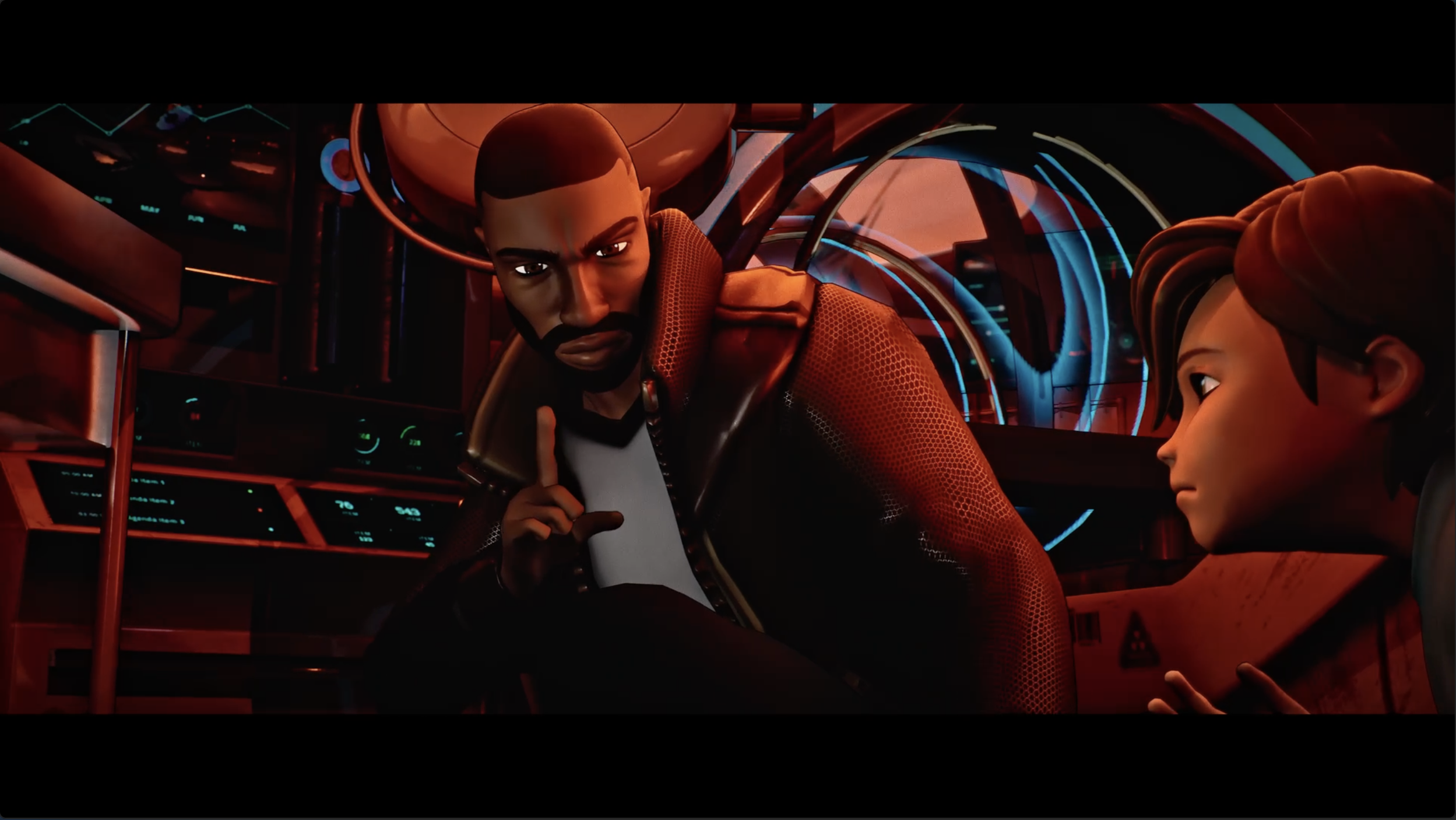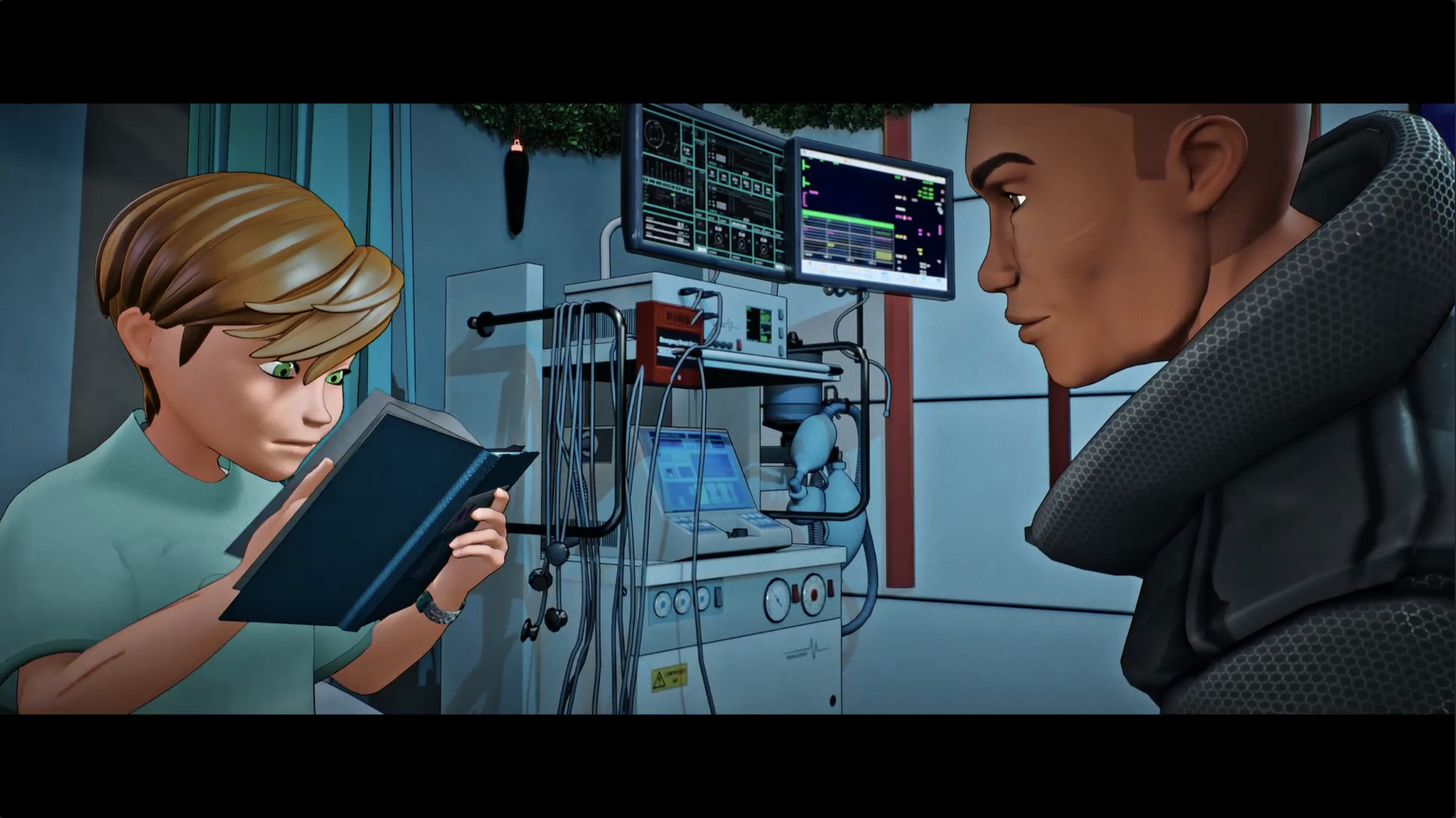
Making a feature film is a challenge – and when it’s an animation, the process can be even more complex than shooting live action. However, thanks to motion capture technology, it’s a little more accessible than it was before.
Max Beyond is a 90-minute stylised CG film that follows protagonist Leon’s brother, who has dimension-hopping powers that catch the attention of nefarious agents. It was rendered entirely as final pixels (no compositing etc) out of Unreal Engine 4.26.2. Director Hasraf “HaZ” Dulull knew from the start that motion capture would be the key to getting all the animation done. Despite being created during the Covid lockdown and having a globally distributed workforce, HaZ took this as an opportunity to work in an entirely new way.
Below, HaZ tells us about the process involved in making the new film. If you need to upgrade your setup see our guide to the best laptops for animation.
“The success of a film relies on its story,” says HaZ. “I like to start with the script, then turn that into a shot list to establish the plot.” For this, HaZ used DaVinci Resolve to create a timeline and play with the flow of the story.
“We decided to record the vocal performances early on with actors such as BAFTA winner Jane Perry and Dave Fennoy,” continues HaZ. “It’s incredibly valuable to have the lines available during production so we can add them to the timeline before we’ve even captured any action. These lines could be referred to when using the mocap suit.”
“Our motion capture actors – Gabriella Krousaniotakis, Alex Kong and Ace Ruele – all own Xsens mocap suits,” HaZ adds. “It was important for me that we used individuals with their own equipment. The Xsens suits are useful for this sort of process because you can take them anywhere and just get to work.”
“Scene references and blocking examples from Unreal were important to give detailed direction for the actors,” Haz continues. Hazimation had previsualised the entire plot and visuals in Unreal Engine. This made the whole process not only simple, but possible to begin with.
Daily design news, reviews, how-tos and more, as picked by the editors.


The team had to embrace technologies that are now commonplace in the animation industry. “Without tools like Zoom conferencing, screen sharing, and Unreal Livelink we just wouldn’t have been able to do the motion capture sessions. Using inertial mocap suits was a big part of that, too,” explains HaZ.
Motion capture provides animators with a shortcut to the movements of a character. There are three main kinds of motion capture – optical, inertial, and image-based – but it’s only inertial capture systems that deliver the unrestricted freedom needed by the team at Hazimation.
It’s due to the flexibility of inertial motion capture solutions like Xsens suits that HaZ and the team managed to proceed with production under such circumstances. “We actually did a session with Ace in a grading suite,” laughs HaZ. “No volumes, no stages, just basically a space that we could access. That’s the real power of inertial motion capture – you can do it from anywhere without cameras.”


The beauty of working in software like Unreal Engine is that almost every aspect of the animation process is in one contained environment. “It was really freeing,” says HaZ. “We could get each part of the film ready and bring it into Unreal Engine almost at any time. Nothing got wasted.”
In order to utilise an Agile iterative workflow, the sequencer file in Unreal Engine was constructed in layers. As soon as body motion capture was complete and hands were fully animated using Manus mocap gloves, they could be applied as separate channels to be worked on by different artists, so a shot was never in a bottleneck waiting for a specific mocap source (body, hands, face).
To round things off, the fact that Unreal is a game engine allows Hazimation to take a transmedia approach. It's created a bank of assets from environments to characters, which could enable the film to eventually transform into a game.
“Watch this space,” HaZ teases.
You can watch Max Beyond on Apple TV, Amazon Prime Video, Sky Movies Google Play, Virgin Media Movies, and Microsoft Store.
Learn more about what you can do in Unreal Engine, including how to use Unreal Engine for compositing. We also have a comparison of Godot Engine vs Unity.

Joe is a regular freelance journalist and editor at Creative Bloq. He writes news, features and buying guides and keeps track of the best equipment and software for creatives, from video editing programs to monitors and accessories. A veteran news writer and photographer, he now works as a project manager at the London and Buenos Aires-based design, production and branding agency Hermana Creatives. There he manages a team of designers, photographers and video editors who specialise in producing visual content and design assets for the hospitality sector. He also dances Argentine tango.

